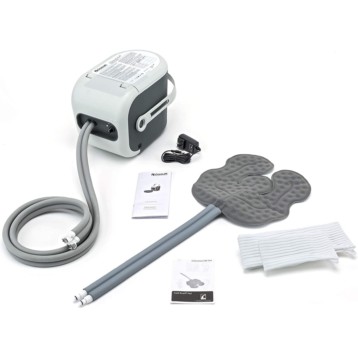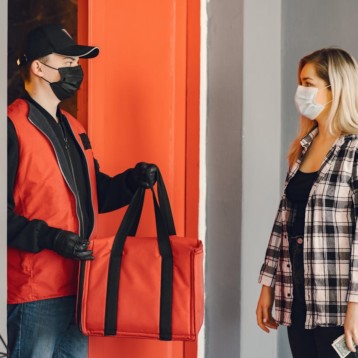A team of scientists from Cornell University, lead by Professor Michael King, has created a new means of fighting cancer cells within patients’ blood using a device that is designed to kill tumor cells before the disease gets a chance to spread throughout the body. This strategy could lead to new treatments for a variety of cancers.
 |
Professor Michael King
(Credit: Cornell University) |
|
The most deadly feature of the cancer cells is their ability to spread around the body (metastasize), using the bloodstream and create new tumors. Therefore, one of the crucial tasks of cancer research is to find a way to stop or stall this process. Recently, Michael King conducted a research study at the University of Rochester showing that two naturally occurring proteins can partner together to capture and kill up to 30 percent of tumor cells traveling in the bloodstream, doing so without causing any harm to healthy cells. King created a tiny device shaped like a tube with a protein covered surface. The device could be implanted into a peripheral blood vessel to filter out and destroy cancer cells flowing through the bloodstream.
The proteins used to capture the tumor cells are selectin molecules, which are proteins that normally appear on the surface of blood vessel cells (epithelium) in case of infection or injury. These molecules recruit white blood cells (leukocytes) to fight the infection. The leukocytes, which also have selectins on their surfaces, roll along the blood vessel using selectin interaction. This creates an inflammatory response but also attracts cancer cells, which sometimes mimic the adhesion and rolling process. The cancer cells that get attached to the selectins on the microtube’s surface are then an easy target.
 |
A version of the device used in King’s
experiments. In the body, the inlet
and outlet would connect
to an artery and vein, respectively
(Credit: Cornell/Kuldeep Rana) |
|
King exposed these cells to a previously researched protein called TRAIL (Tumor Necrosis Factor Related Apoptosis-Inducing Ligand), which in turn binds two receptors that induce the process of apoptosis and the cancer cell destroys itself. The cells are then detached from the TRAIL and drift back to the bloodstream to die. The device itself becomes free to capture new cancer cells.
Further research showed that the tiny device can attract and kill approximately 30% of the blood cells flowing through the tube at a single attempt. The device has the potential to kill an even larger portion of the cancer cells inside the body as the blood circulates more that once through the device. The team plans to use the device in combination with traditional cancer treatments. The device can prevent new metastatic growths from appearing and the body could get a chance to fight the existing malignancies more effectively.
 |
A schematic of the two-receptor cancer
neutralization concept. Cancer cells present
in blood stick and roll on the selectins on
the surface of the device. While rolling they
bind to TRAIL and accumulate the self-destruct
signal. Once they detach from the surface
and leave the device, they will die
1-2 days later. (Credit: Cornell/Kuldeep Rana) |
|
King’s group tested the device on prostate and colon cancer cells, but they are sure that it can be altered to fight other cancer types, if other peptides or proteins are added to the tube’s surface. “And if you could reduce or prevent metastasis, pretty much any cancer would be treatable,” he said.
There is still a long way to go before the treatment can actually be implemented in the regular course of treatment. “The actual physical device, when it gets eventually tested in humans, will probably look a lot like an arteriovenous shunt [a small tube, or shunt, that diverts blood flow] with our protein coating,” King said.
TFOT has covered the research project in which the aforementioned
TRAIL receptor was discovered by scientists at the University of Pennsylvania. More recently we covered a vaccination against breast cancer which may
induce apoptosis of cancer cells.
For further information on the TRAIL connection, please visit the Cornell University press release
page.













